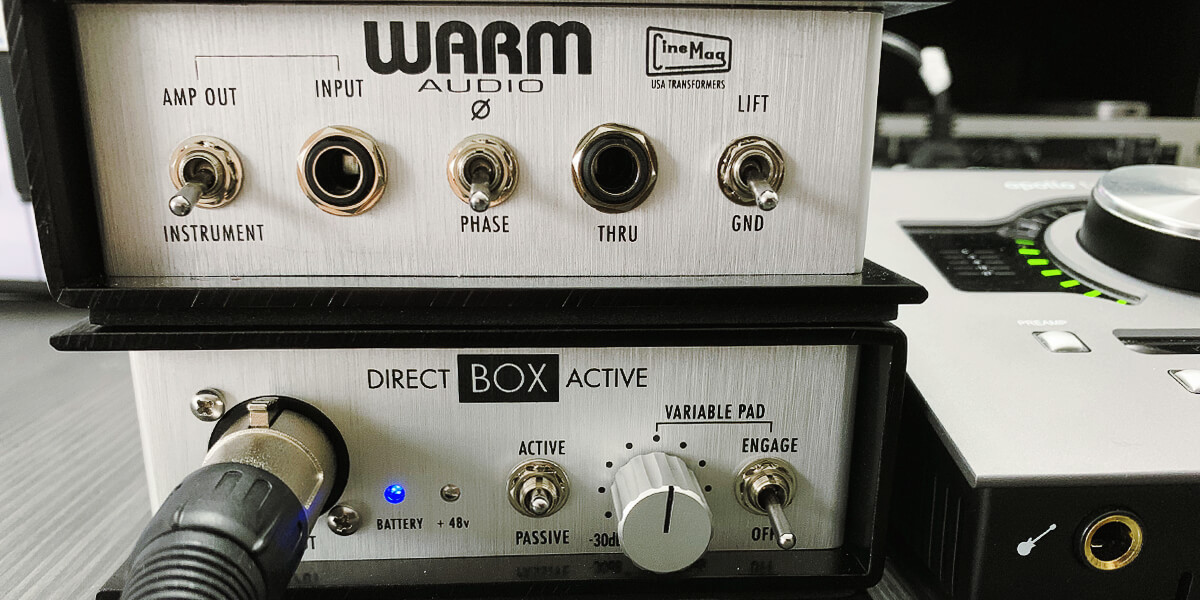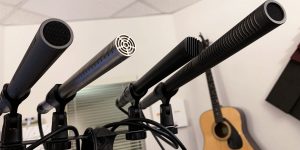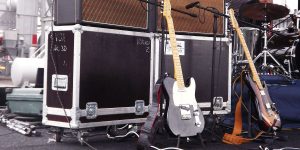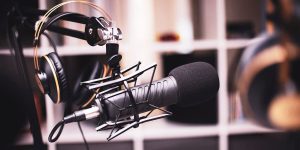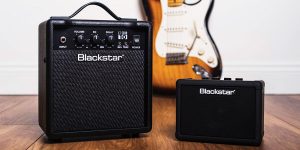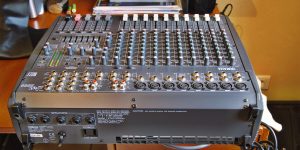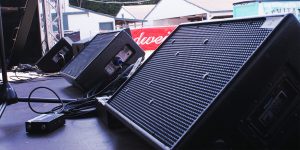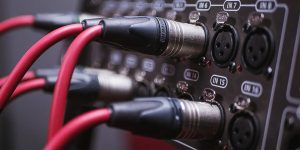If you’ve ever wondered what those mysterious little boxes are on stage or in your recording studio, you’ve come to the right place. In this article, we’ll delve into the world of DI boxes and unravel their secrets. From the basics of the direct box functionality to their various applications in live performances and studio recordings, I’ve got you covered.
What is a DI box?
A DI box, short for a Direct Input box, is a special device designed to bridge the gap between your instrument and professional audio systems. It acts as a translator, converting the high-impedance signal from your instrument into a low-impedance signal that audio equipment can easily understand.
Function
The primary function of a DI box is to ensure clean and balanced audio signals. When you plug your instrument directly into a mixing console or audio interface, you might encounter issues like signal distortion, hums, or interference. A DI box swoops in to save the day by providing a clean and noise-free connection, allowing your instrument’s true sound to shine through.
Importance in audio engineering
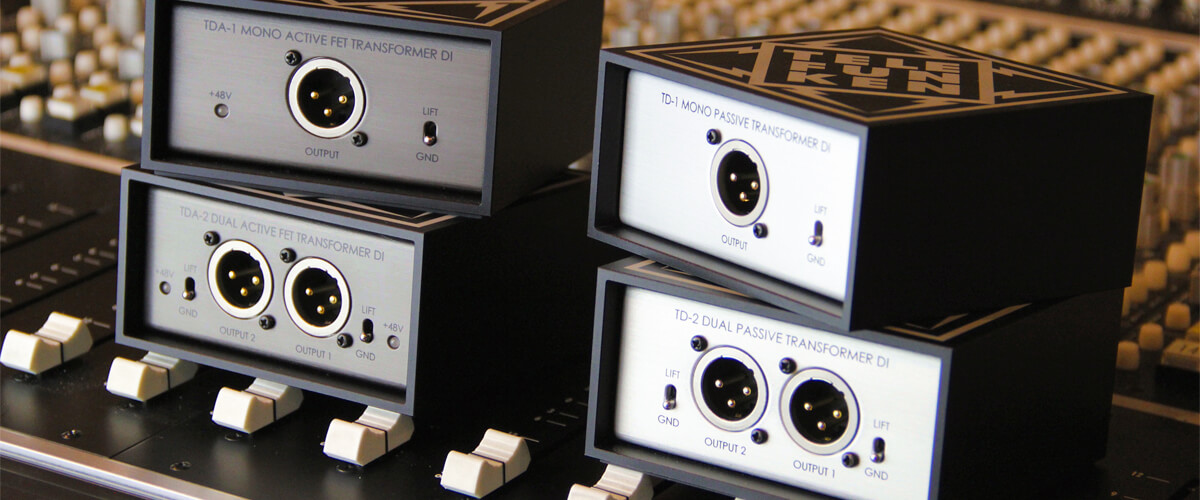
So, why is a DI box important in the world of audio engineering? Well, it’s all about achieving the best possible sound quality. Utilizing this device guarantees that your instrument’s signal is appropriately matched and optimized for the connected audio equipment. The result is reduced unwanted noise and delivering a well-balanced and consistent sound.
Types of DI boxes
When it comes to DI boxes, there’s more than meets the eye. You’ll find various types available, each with its own unique characteristics and applications. The most popular are passive and active models.
| Feature | Passive DI Box | Active DI Box |
|---|---|---|
| Power Supply | No power supply required | Requires power supply (e.g., battery or phantom power) |
| Signal Amplification | No signal amplification | Signal amplification and impedance matching |
| Audio Level | Typically lower output level | Higher output level |
| Impedance Matching | No built-in impedance matching | Built-in impedance matching for various devices |
| Noise | More susceptible to noise | Less susceptible to noise due to active circuitry |
| Price | Generally more affordable | Usually more expensive |
Please note that the price range for active DI boxes can vary significantly depending on the unit’s brand, features, and overall quality.
Key components of a DI box
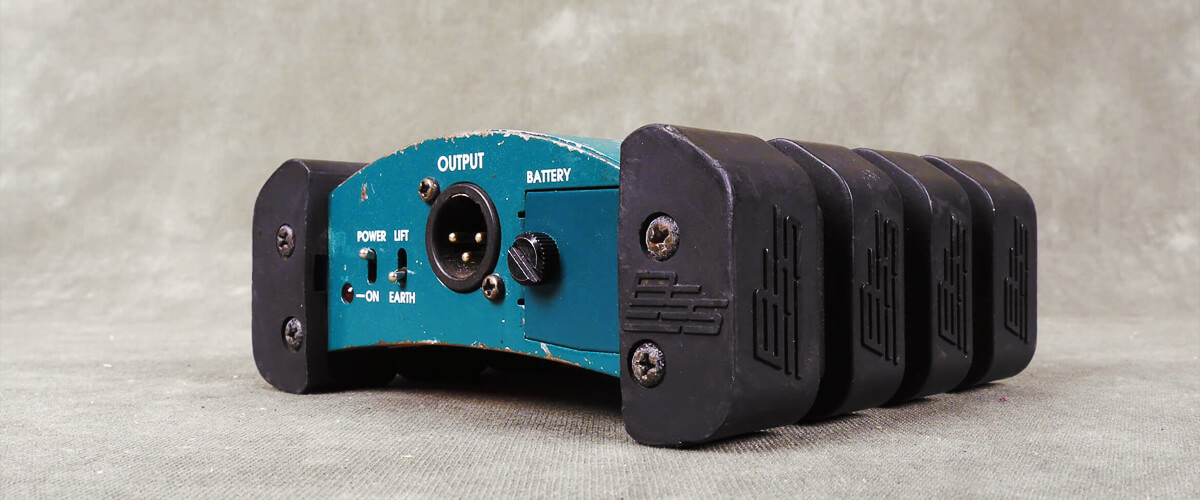
Now that we have a good grasp of what a DI box is and why it’s important, let’s explore its key components. They work together to ensure optimal signal transmission and provide additional features for troubleshooting and versatility.
Input and output connections
The input connection is where you plug in your instrument or line-level signal. Most guitar DI boxes feature a standard 1/4-inch input jack, allowing you to connect your instrument. On the other end, the output connection is where you connect your DI box to the audio system or recording equipment. Typically, you’ll find balanced XLR or TRS output jacks, ensuring a clean and noise-free signal transfer.
Ground lift switch
When faced with ground loop problems that can result in bothersome hums or buzzing sounds in your audio signal, this switch proves to be a valuable asset. By activating the ground lift switch, you can separate the ground connection between your instrument and the audio system, effectively eradicating those undesirable noises. It is a straightforward yet potent tool for resolving issues and guaranteeing a pristine audio signal.
Attenuation Pad
In some cases, you might encounter instruments that produce exceptionally strong or hot signals. This can lead to distortion or overloading when connecting directly to audio systems. Here’s where the attenuation pad comes into play. It acts as a volume attenuator, allowing you to reduce the signal level before it reaches the output. With the attenuation pad, you can tame those hot signals and achieve a balanced, distortion-free sound.
Through output
The through output is a handy addition found in many DI boxes. This output serves as a parallel connection, allowing you to simultaneously send the unaltered instrument signal to another destination. You can use the through output to connect your instrument to an amplifier, monitor, or any other device that requires a direct signal. This way, you can have your instrument signal sent to multiple destinations simultaneously, expanding your audio setup’s flexibility and options.
Common applications of DI boxes
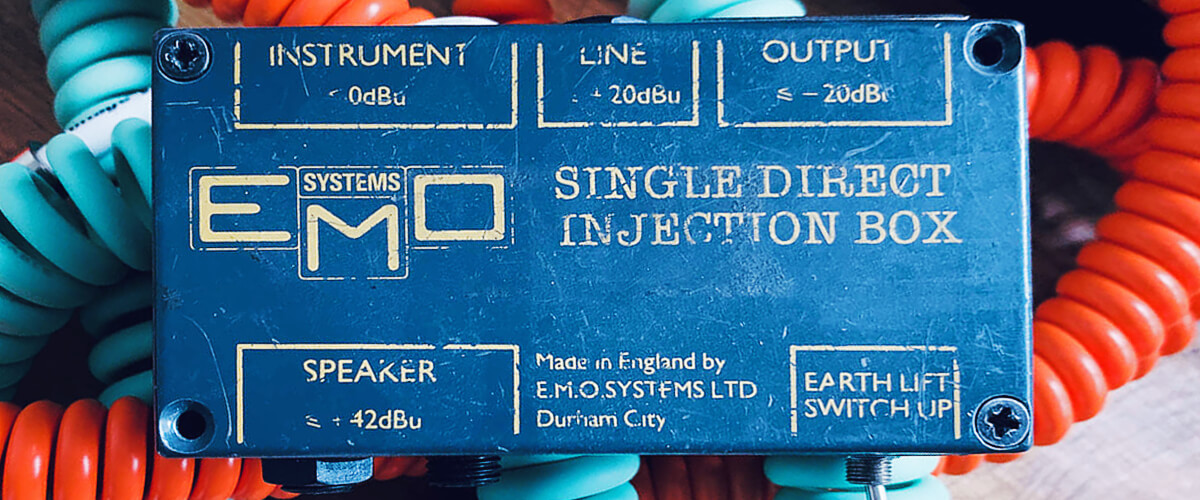
DI boxes may seem like a niche tool, but their applications extend far and wide. From live sound to recording studios, broadcast, and even home studios, DI boxes prove to be valuable assets in various audio setups.
Live sound
In the realm of live sound, DI boxes are indispensable. They help in connecting instruments right to the mixing console or PA system. So whether you’re a guitarist, bassist, keyboardist, or any musician performing on stage, a DI box ensures a clean and balanced audio signal.
Recording studios
As for recording studios, DI boxes are essential tools for capturing pristine instrument sounds. They allow direct connection to audio interfaces or preamps, ensuring high-quality recordings. Direct boxes are particularly handy when recording electric guitars, basses, and keyboards, as they preserve the instrument’s true tonal characteristics.
Broadcast and media production
DI boxes find their place in the realm of broadcast and media production as well. They help eliminate noise and interference, ensuring clear and professional audio for broadcasting and media projects. With the ability to interface directly with audio mixers and recording equipment, Direct injection boxes become indispensable tools for broadcasters and media professionals.
Home studios
Even in the comfort of your home studio, DI boxes can make a significant impact. They allow you to connect instruments to audio interfaces, providing a clean and noise-free signal. Home musicians and recording enthusiasts can benefit from the enhanced audio quality and versatility that DI units offer.
So, whether you’re a musician, audio engineer, broadcaster, or home studio enthusiast, consider harnessing the power of a DI box to enhance your audio endeavors!

